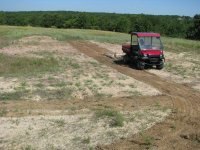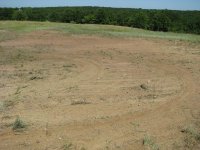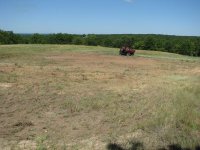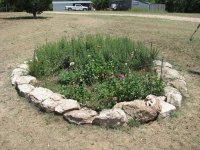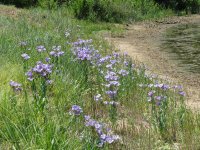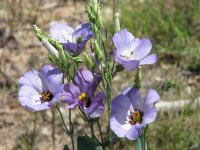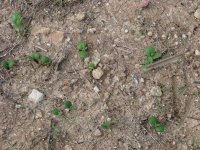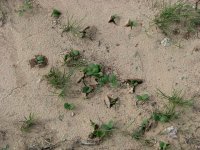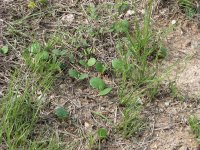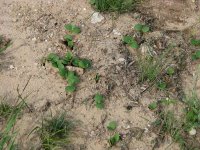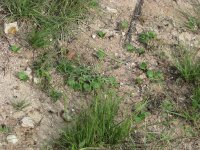jinman
Rest in Peace
- Joined
- Feb 23, 2001
- Messages
- 21,059
- Location
- Texas - Wise County - Sunset
- Tractor
- NHTC45D, NH LB75B, Ford Jubilee
Part of my project is to ensure that the original plot of bluebonnets is maintained while removing plants and seeds for my transplant. After digging bluebonnets with my FEL, I went back and put seeds over the original plot and spread clumps of them around. To ensure a good replant, I took my drag there and put it to work, dragging the seeds around and dragging across more seeds to pull them into the area. I dragged and cross-dragged this area too, probably as much as 1 acre or more if you count the undisturbed area where I dragged seeds from. Here are a few pictures of that process and how it looks now. I think looking at the ground, you would not know I'd taken a lot of soil except for there being little vegetation in this area. It's my hope that after one more growing season, this will look like nothing has ever been done here. We'll see . . . .
